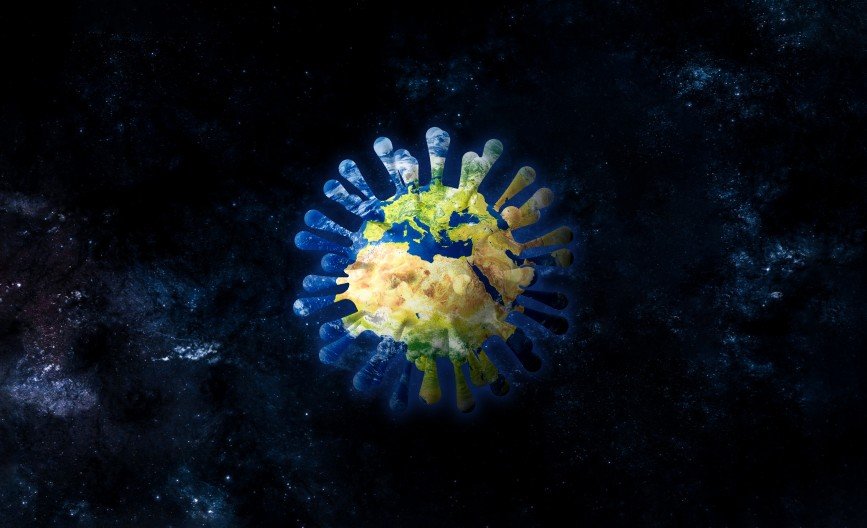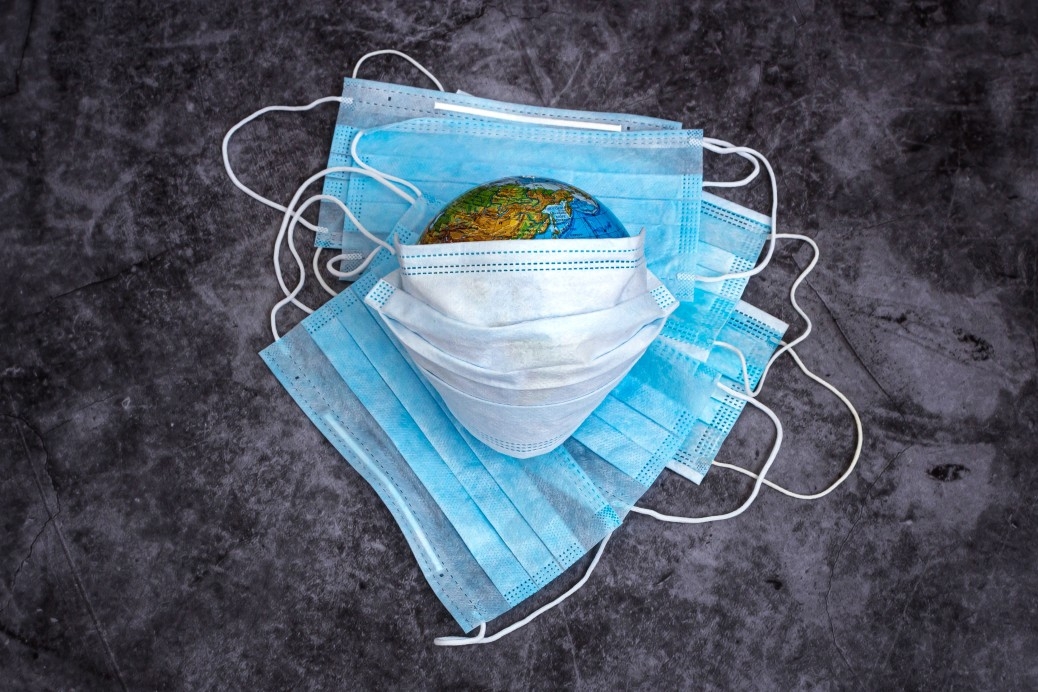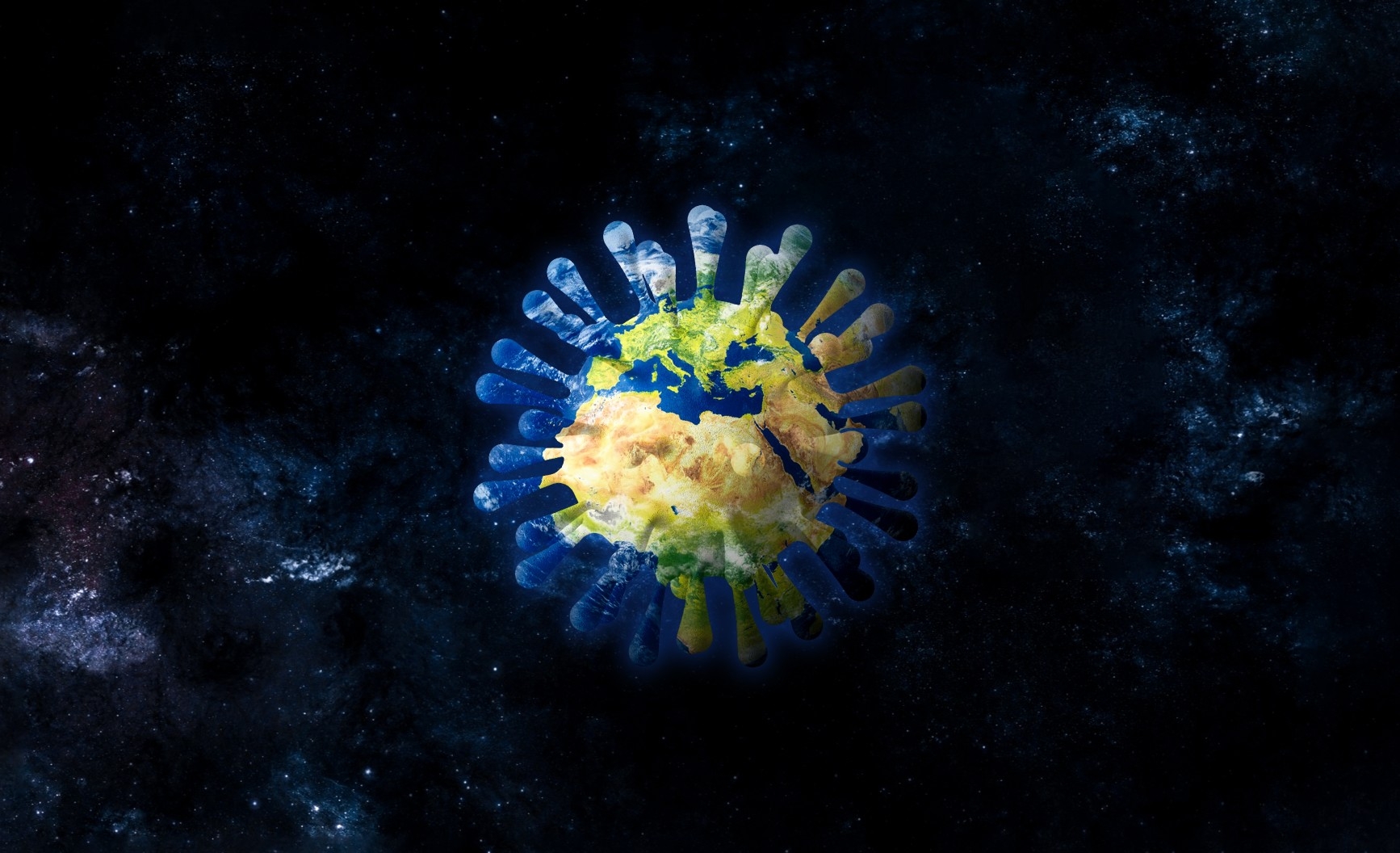The Top Jan-San Industry Trends for the Post-Covid World
After the last 12 months, making any kind of prediction may seem a bit risky, but as health authorities take charge of the virus and we come out of the lockdown, these are the trends that we think are likely to define the Jan-San industry this year.
Environmental problems return stronger.
The environment was about to receive serious attention, business engagement, and a genuine priority - not just a no-action PR talk, then Covid struck. The use of single-use plastics, discarded surgical masks, continue to fill our planet with trash that wasn't expected, and countless items are thrown away rather than cleaned. While Covid is still looming, the environment is likely to continue to be neglected.
But as soon as the vaccines kick in and the panic subsides, the environment will be back high on the agenda and with more energy than before. We will see a renewed emphasis on reducing the use of single-use plastics and plastic packaging, and reducing carbon emissions to meet national "Net Zero 2050" targets.
Better educated clients.
Although there has been a flood of misinformation, there has also been a tremendous growth in useful information on cleaning and hygiene. Many people have now realized the basics of disinfection, such as contact times, and have realized that you need to clean before disinfecting, etc. Also, people have become more aware of quality standards, checking products for EN certification or industry benchmarks; With the flood of imported PPE out of control, this has become much needed.
We will see a continuation of this as cleanliness retains its newly recognized importance and is given the time and attention it deserves by the public. Cleaning contractors will need to make sure their staff and managers are ready to answer more challenging questions from a more demanding customer base.
People who are not specialized in cleaning, are now cleaning
For example, workers in an office building clean and disinfect door handles and computer equipment near where they work. Well, I theorized that people will keep cleaning themselves and not just "leaving it up to the cleaners" for years to come.
History is repeating itself: long after WWII rationing ended, people continued to use the recipes from their ration book. By then it had become part of the way of life, part of the thought process, and the accepted norm. In the same way that the people who lived through the World Wars were always (rightly) aware of the need not to waste resources, so all of us who have lived through the Great Covid Threat will always be (rightly) aware of the importance of frequent cleaning.
Staff in offices, factories, hospitals, and many other industries have become accustomed to cleaning surfaces regularly during the day. While this may not apply to toilets or window cleaning, contact points such as handles and kitchen surfaces will be cleaned much more as employees and customers expect a much higher standard of hygiene.

Point of use cleaning agents
There will be an increase in equipment generating cleaning and disinfection fluids on-site, for example, SAO (Stabilized Aqueous Ozone), hypochlorous acid (also known as ECA or HOCL), and reverse osmosis purified water.
Drivers of this change will include
Increasingly frequent disinfection requirements, which means there is a requirement for cleaning and disinfecting agents that leave no residue.
Requirements for eco-friendly disinfectant products, without plastic packaging waste, high cost of CO2 or harmful ingredients
Cost reductions (although balanced with reduced spending on chemicals, such systems require a capital outlay)
PPE regains its real meaning
We’ve seen ‘PPE’ used to describe everything from dispensers to thermometers to wet wipes, as people loosely group everything that could be used to combat Covid under the same heading, and businesses trying to jump in on the Covid spend start to label themselves as ‘PPE suppliers’. Although it annoys us, it seems to have passed into common usage. But with the return to normality, and supplies of hygiene consumables going back to being purchased by professionals who know the industry better, hopefully, the term PPE will return to just being used for genuine personal protective equipment – gloves, masks, and disposable and protective clothing items.
Source: Linked in

